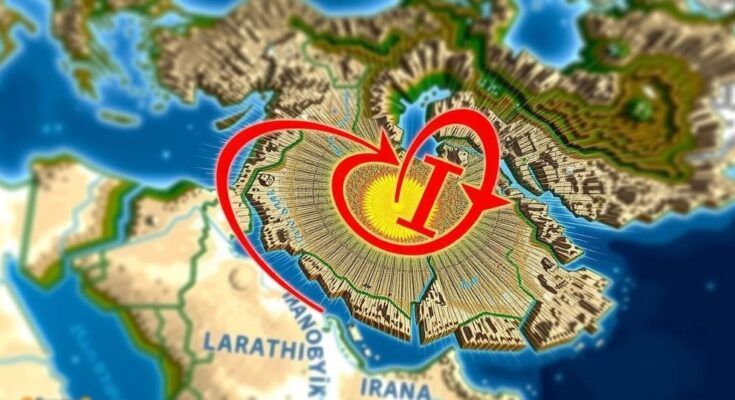A 5.7 magnitude earthquake has occurred in Western Iran as reported by GFZ. The quake has raised concerns among residents; however, no immediate reports of damage or casualties have been confirmed. The region is known for seismic activity, necessitating continued vigilance and preparedness against natural disasters.
A 5.7 magnitude earthquake struck Western Iran, as reported by the GFZ (German Research Centre for Geosciences). The quake occurred recently, causing anxiety among the local population but specific reports on damages or casualties have yet to be released. Earthquakes are relatively common in this region due to its geological positioning, which lies at the convergence of several tectonic plates. Authorities are expected to monitor the situation closely, ensuring public safety and providing updates as more information becomes available.
Iran is located in a seismically active area, making it susceptible to frequent earthquakes. The country’s geological landscape consists of several tectonic plates, which contributes to the frequency of seismic activities. The GFZ, a prominent institution in geosciences, actively monitors seismic events, providing timely data and research. Understanding the implications of an earthquake, including potential impacts on communities and infrastructure, necessitates continuous monitoring and effective disaster preparedness protocols.
In conclusion, the 5.7 magnitude earthquake in Western Iran has revived concerns regarding seismic safety in the region. While initial reports do not indicate significant damages, it is imperative for local authorities to remain vigilant and provide necessary support to the affected populace. Ongoing monitoring by geoscientific institutions such as the GFZ is crucial for timely information and effective disaster response planning.
Original Source: www.jpost.com




